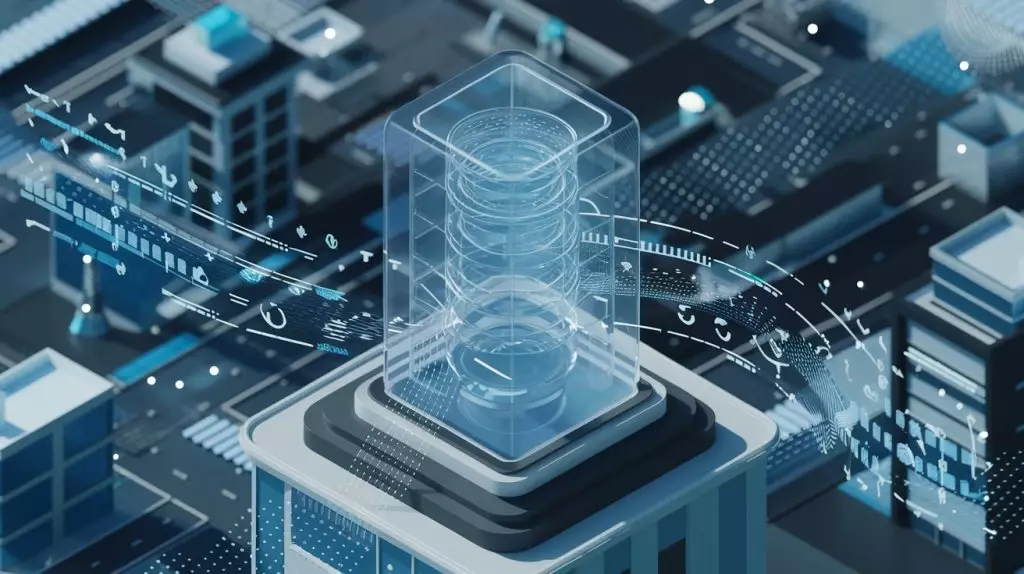Artificial Intelligence (AI) has evolved tremendously in recent years, largely due to the innovative transformer architecture that forms the foundation for a multitude of cutting-edge applications. From large language models (LLMs) to systems that generate images or interpret sound, transformers have become the backbone of modern AI technologies. As the excitement surrounding AI continues to grow, it is crucial to delve into the workings of transformers, their significance, and their role in shaping scalable AI solutions.
At its core, a transformer is a neural network architecture designed to process and model sequences of data. This makes transformers particularly well-suited for tasks such as natural language processing (NLP), language translation, and even image recognition. What sets transformers apart from previous architectures is their unique attention mechanism, which allows the model to focus on different parts of the input sequence dynamically. This adaptability is not only crucial for language understanding but also enhances the model’s ability to learn complex patterns in data.
Transformers were first introduced in a groundbreaking 2017 paper titled “Attention Is All You Need” by researchers from Google. Initially intended for language translation, transformers used an encoder-decoder framework that significantly improved upon prior models like recurrent neural networks (RNNs). Since that inception, we have witnessed remarkable advancements in the scale and capability of transformer models, spurred primarily by the growing datasets available for training and enhanced computational resources.
Following the debut of the transformer model, there was a swift progression to more sophisticated variations. The introduction of bidirectional encoder representations from transformers (BERT) marked a significant milestone in LLMs, paving the way for further innovations. However, BERT appears relatively humble when viewed against the more massive models we have today, such as OpenAI’s GPT-4o, which are characterized by billions of parameters and extensive training datasets.
The trend toward larger models has been supported by various advancements in technology. Modern GPUs and optimized software frameworks have enabled multi-GPU training, while techniques like model quantization have made it possible to reduce memory usage without sacrificing performance. Moreover, novel optimization algorithms like AdamW and training enhancements such as FlashAttention have further pushed the boundaries of what is achievable with transformer models.
The structure of a transformer comprises two main components: the encoder and the decoder. The encoder encapsulates the input data into a latent representation that can be utilized for downstream tasks like sentiment analysis and classification. In contrast, the decoder takes this latent representation to generate new outputs, making it useful for summarization or text generation.
While the traditional approach involves both encoder and decoder modules, many state-of-the-art models such as the GPT family utilize only the decoder. This architecture choice is particularly advantageous for tasks where generating coherent and contextually relevant text is paramount.
Attention mechanisms lie at the heart of transformer architecture. They exist in two forms: self-attention and cross-attention. Self-attention allows the model to assess relationships among words in a single sequence, while cross-attention facilitates connections across sequences. This dual capacity not only enhances contextual understanding but also results in improved performance compared to earlier models like LSTMs, which struggled to maintain contextual information over long text spans.
Transformers have established themselves as the primary architecture in many applications requiring language modeling and have become the focus of extensive research and development. Although the rise of state-space models (SSMs) like Mamba introduces alternative methodologies capable of handling long sequences more effectively, transformers currently retain their status as the preferred option for LLMs.
The advent of multimodal models represents one of the most promising avenues for future AI applications. Noteworthy models such as OpenAI’s GPT-4o can concurrently process text, audio, and images, paving the way for diverse applications across various domains. These multimodal systems are not only advancing the technical scope of AI but also enhancing accessibility for individuals with disabilities, enabling richer interaction through voice and audio components.
The rapid progress in transformer technology illustrates its indispensable role in the future of artificial intelligence. As researchers and practitioners continue to explore its capabilities, we are likely to unveil a myriad of new applications that leverage the power of transformers, transforming how we interact with technology and each other. The trajectory of transformers captures the essence of innovation within AI and reinforces the urgency to harness and explore this vast potential. As we move forward, it will be intriguing to witness the emergent possibilities that arise from this foundational architecture.


Leave a Reply